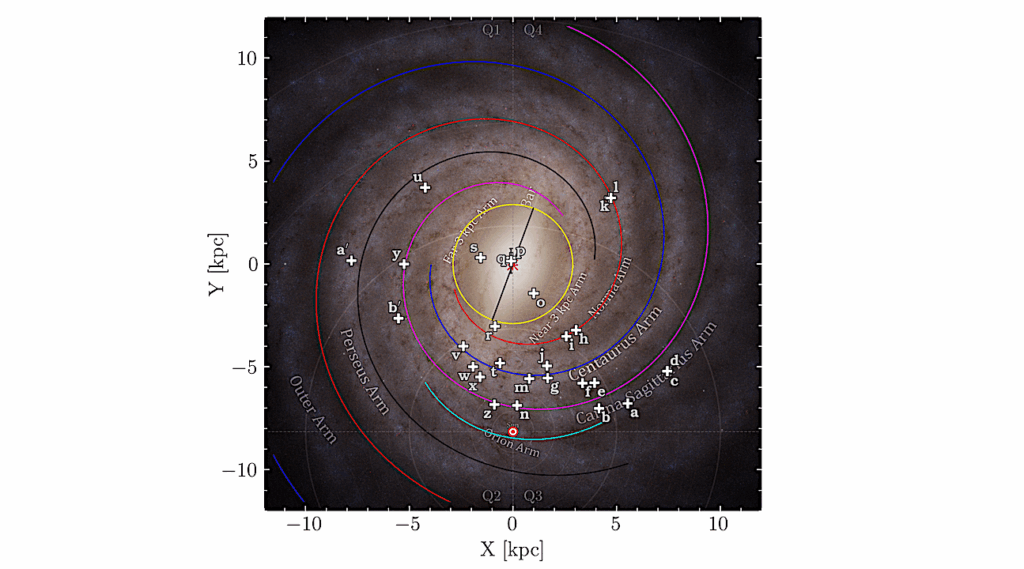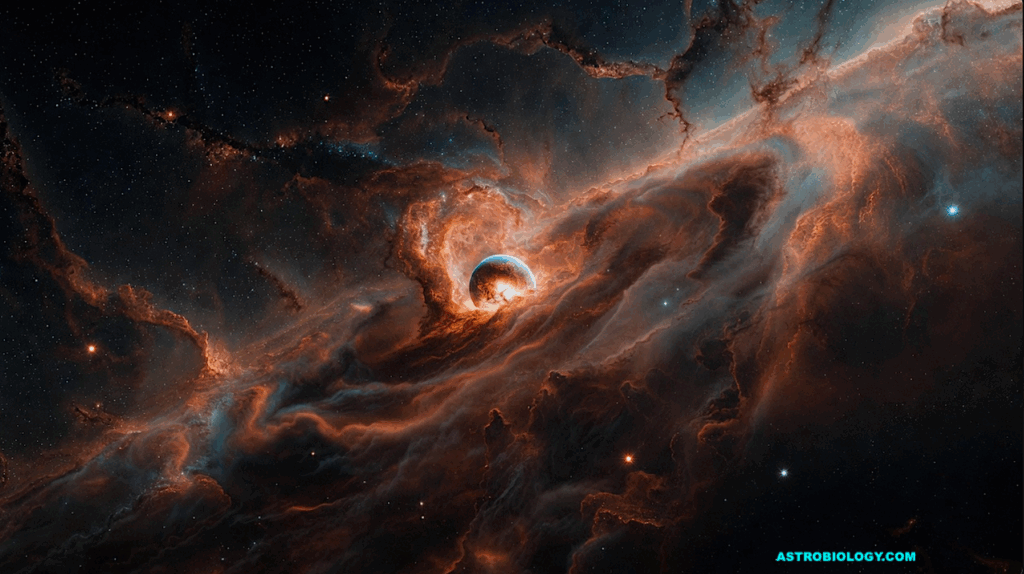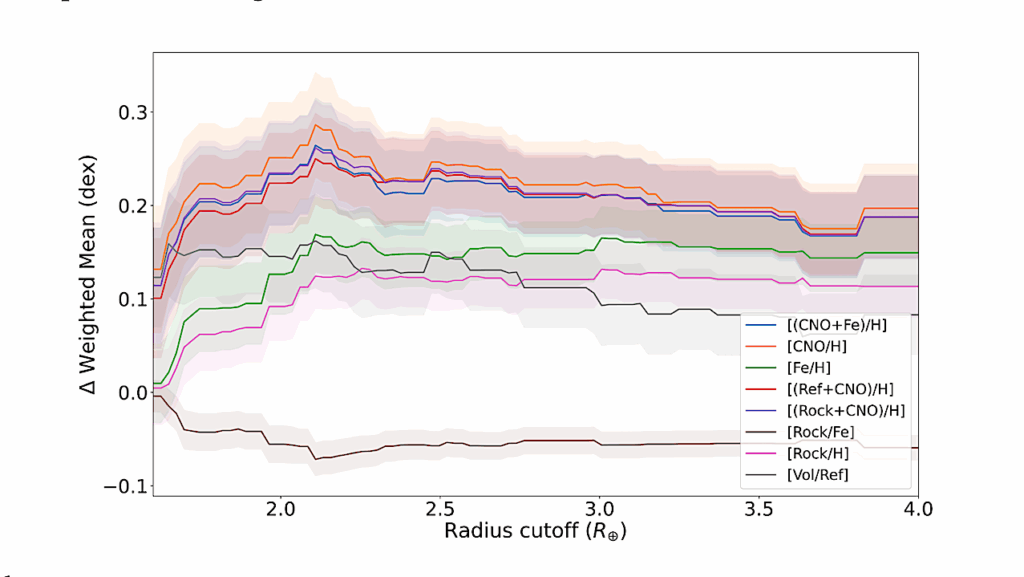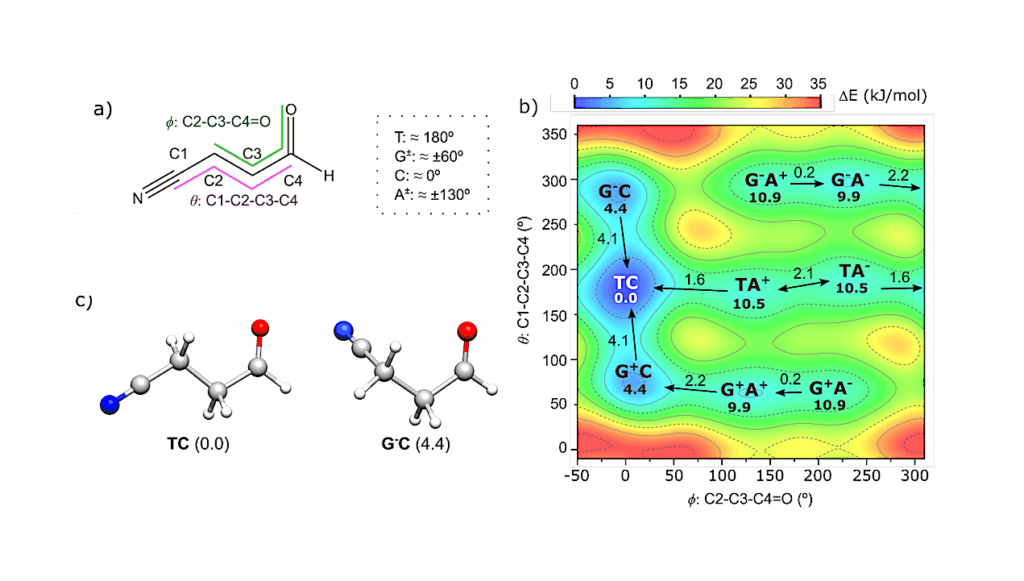Viscous Heating As The Dominant Heat Source Inside The Water Snowline Of V883 Ori
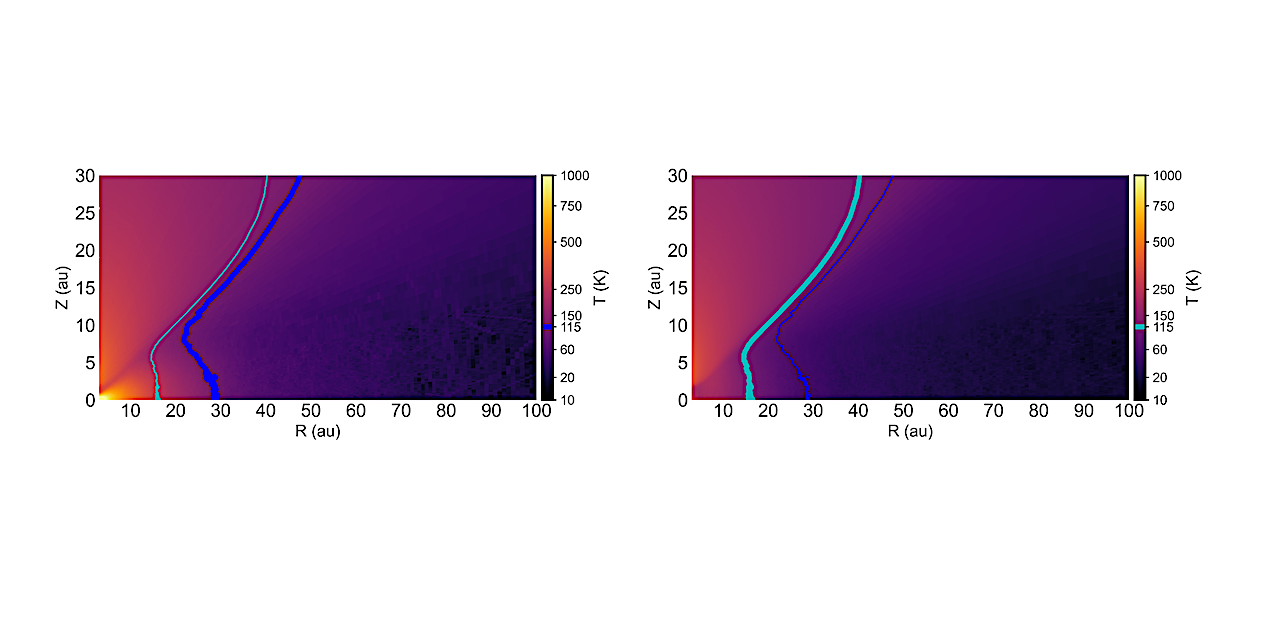
FU Orionis-type objects(FUors) are embedded protostars that undergo episodes of high accretion, potentially indicating a widespread but poorly understood phase in the formation of low-mass stars.
Gaining a better understanding of the influence exerted by these outbursts on the evolution of the surrounding protoplanetary disc may hold significant implications for the process of planet formation and the evolution of disc chemistry.
The heating due to outbursts of high accretion in FUors pushes the snowlines of key volatiles farther out in the disc, so they become easier to observe and study. Among the known FUors, V883 Ori is of particular interest. V883 Ori was the first FUor to show indirect evidence of a resolvable snowline beyond 40 au.
By introducing a radial-dependent model of this source including viscous heating, we show that active heating is needed to reproduce the steep thermal profile of dust in the inner disc of V883 Ori. Our disc modeling combines the effect of stellar irradiation and the influence on the disc shape caused by the outburst of accretion.
The accuracy of our model is tested by comparing synthetic ALMA images with continuum observations of V883 Ori, showing that the model successfully reproduces the 1.3 mm emission of V883 Ori at high spatial resolution. Our final predictions underline the importance of viscous heating as a predominant heat source for this type of object, changing the physical conditions (shape and temperature) of the disc, and influencing its evolution.
Felipe Alarcón, Simón Casassus, Wladimir lyra, Sebastián Pérez, Lucas Cieza
Comments: Accepted for publication in MNRAS
Subjects: Solar and Stellar Astrophysics (astro-ph.SR); Earth and Planetary Astrophysics (astro-ph.EP)
Cite as: arXiv:2311.17195 [astro-ph.SR] (or arXiv:2311.17195v1 [astro-ph.SR] for this version)
Submission history
From: Felipe Alarcón
[v1] Tue, 28 Nov 2023 19:55:09 UTC (2,472 KB)
https://arxiv.org/abs/2311.17195
Astrobiology, Astrochemistry,


